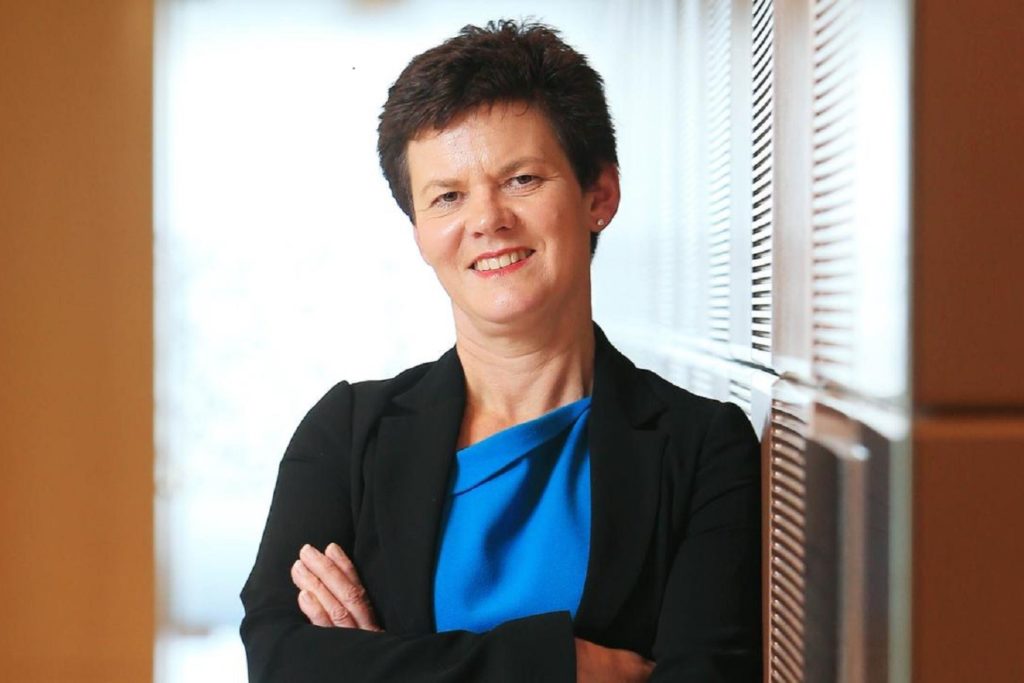Australia needs a greater use of gender responsive budgeting (GRB) in government decision-making to effectively address the gender pay gap and increase women’s economic participation.
That’s according to a recent call from global consulting network, KPMG, for the Albanese government to apply a new gender lens to the federal budget.
Last month, KPMG released staggering data in its She’s Price(d)less report showing Australia’s gender pay gap nearing $1 billion per week or $51.8 billion per year. Now, they’re following up to say there’s a real opportunity for the government to improve gender equity with a wider use of GRB.
The approach requires the gender impact of revenue-raising and spending decisions to be assessed.
KPMG Australia national chairman, Alison Kitchen, says, “Gender responsive budgeting is a new concept that’s been adopted in a few countries around the world that basically says whenever there’s a piece of legislation, regardless of the topic, we should cast an eye over it and say does this impact women in different ways from men.”
“If it does, can we do some thinking before it comes in to say what additional design things we put into this policy that will overcome that problem?”
Both NSW and Victoria have incorporated some elements of GRB into their decision-making processes but more can be done.
While recent World Economic Forum data shows Australia has eliminated its gender gap in education attainment, it still lags well behind other governments in narrowing the gender gap in terms of economic opportunity. The data ranked Australia at 70th in equal economic opportunity compared to countries like New Zealand (27th), the US (30th) and Canada (40th).
In 2017, OECD research found over half of countries surveyed were using some degree of GRB. Austria made it a constitutional requirement, Sweden’s budget reports on the expected gender-related outcomes of government policies and Canada (a world leader in GRB) has enshrined gender budgeting in the government’s budget policies in an easy-to-understand manner.
Kitchen says Australia shouldn’t accept an international ranking of 70th in equal economic opportunity when there’s so much room for improvement by adopting GRB processes.
Over the past four years, KPMG Australia has provided the government with proposals to improve gender equity on things like childcare, superannuation, tax and parental leave, but progress has been slow.
KPMG recommends they take a more holistic approach with GRB to speed up the process.
This means applying GRB across a broad range of policy areas such as gender-informed resource allocation, gender-assessed budgets and needs-based gender budgeting.
Out of all three areas, KPMG sees ‘needs-based gender budgeting’ having the greatest impact on gender equity as it would highlight to the government the policy areas that should be highest priority and narrow the gender economic gap in the most efficient and effective way.
Some practical steps KPMG urges the Australian government to take to implement GRB include creating an inventory of gender-specific data, conducting gender equality assessments and publishing gender impact analyses.
Kitchen says this implementation of gender responsive budgeting “will help drive more holistic change. It is really a pervasive, ground-up concept. We should think differently, and have this lens on all future legislation.”
She’s optimistic about KPMG’s proposal to the Albanese government and thinks their openness to applying new approaches makes this a great time to start using this gender lens.


